Video Transcript Okay, So we are going to use why equals f of X to help us graph this equation So we have f of 1/2 X And because the one happens next to the X, that tells us that we're going to divide all of our X coordinates by 1/2 Or multiply that by two because you have to multiply about the reciprocal which is to
The graph of y=f(x) is shown graph y=1/2 f(x)-Transformation 1 Vertically stretch the graph of y = f ( x) y=f (x) y = f ( x) by a factor of 2, to get the graph for y = 2 f ( x) y=2f (x) y = 2 f ( x) The point ( 1, 3) will change to ( 1, 2 ⋅ 3) = ( 1, 6) \text {\color {#c}The point $ (1,3)$ will change to $ (1, 2\cdot 3) = (1, 6)$} The point ( 1, 3) will change to ( 1, 2 ⋅ 3Answer (1 of 3) * Given (3,4) is on graph of y=f(x) * That means, f(3)=4 * Substituting 3x3=3 in II equation, * 2f(3x3)4=2f(3)4=84=4 * Comparing these
The graph of y=f(x) is shown graph y=1/2 f(x)のギャラリー
各画像をクリックすると、ダウンロードまたは拡大表示できます
 | 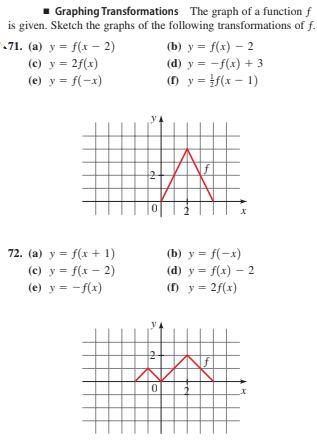 | |
 | 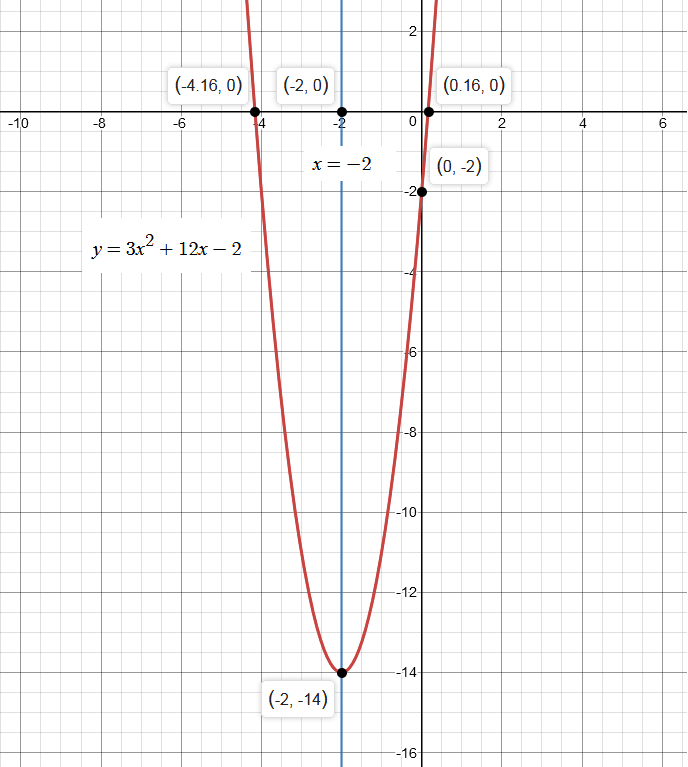 |  |
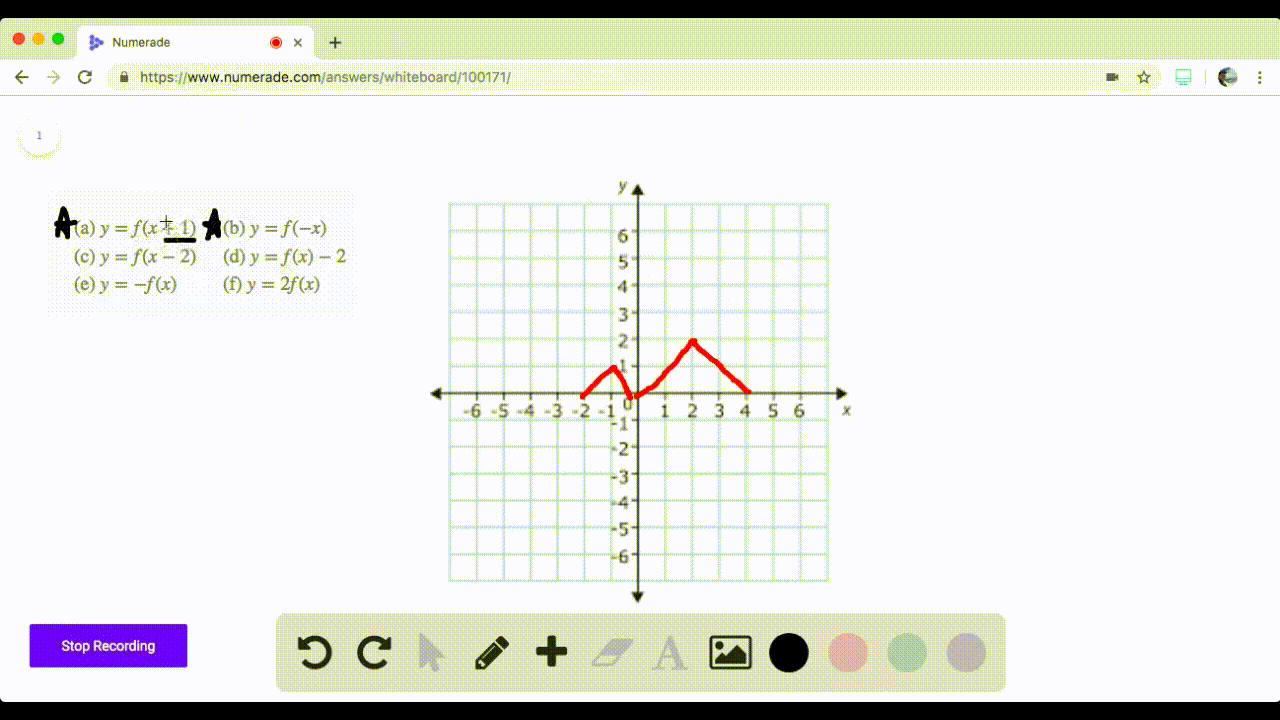 |  | |
 |  | |
「The graph of y=f(x) is shown graph y=1/2 f(x)」の画像ギャラリー、詳細は各画像をクリックしてください。
 | ||
 |  | |
 |  | |
「The graph of y=f(x) is shown graph y=1/2 f(x)」の画像ギャラリー、詳細は各画像をクリックしてください。
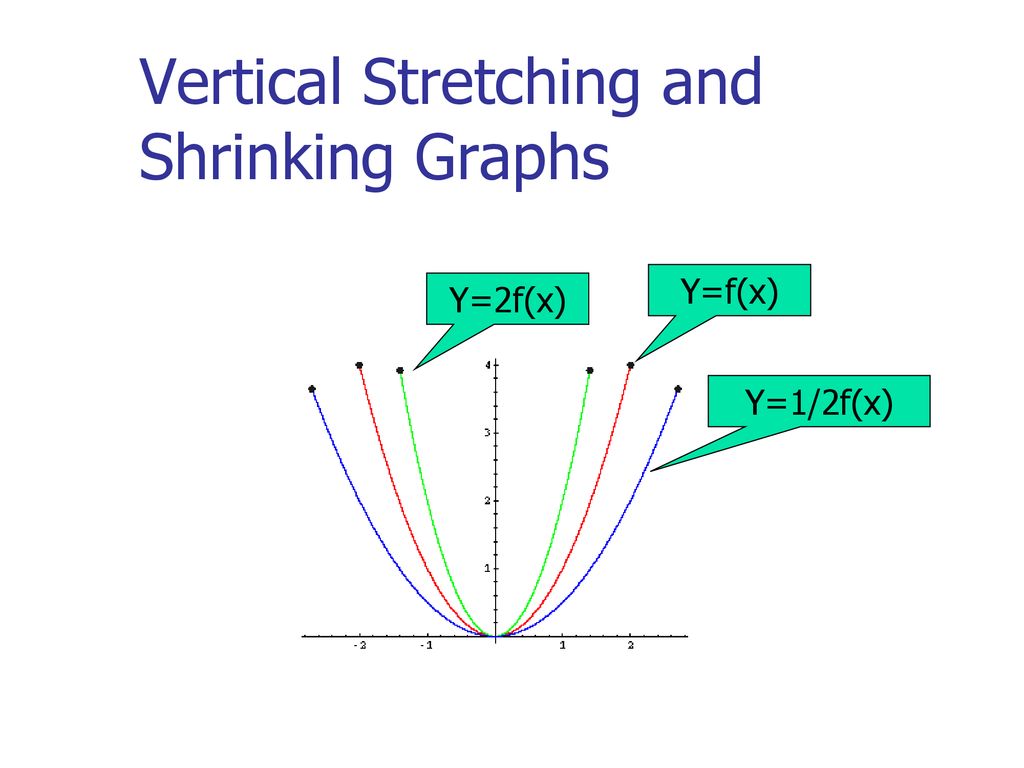 |  | |
 | 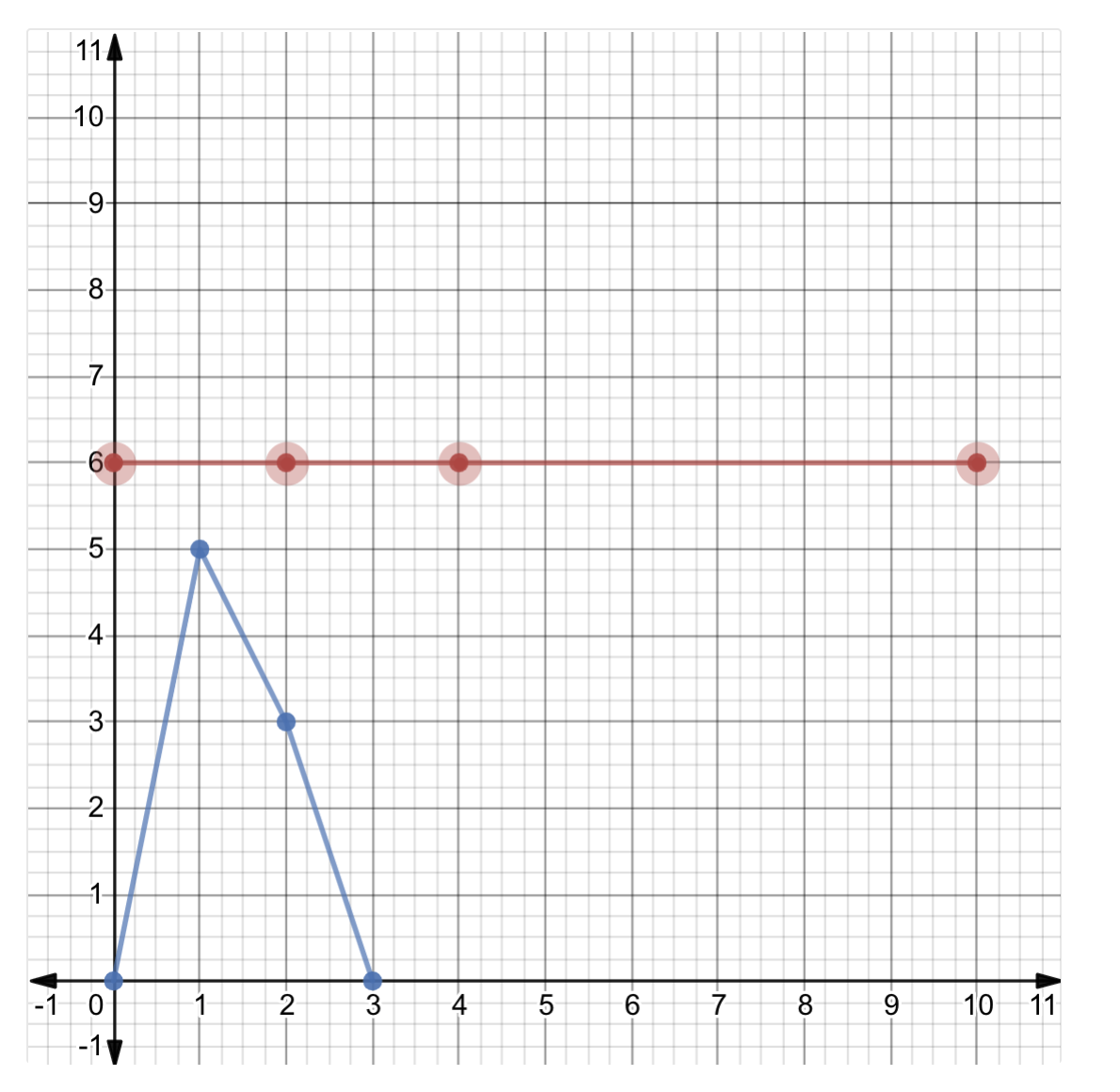 |  |
 |  | |
 | 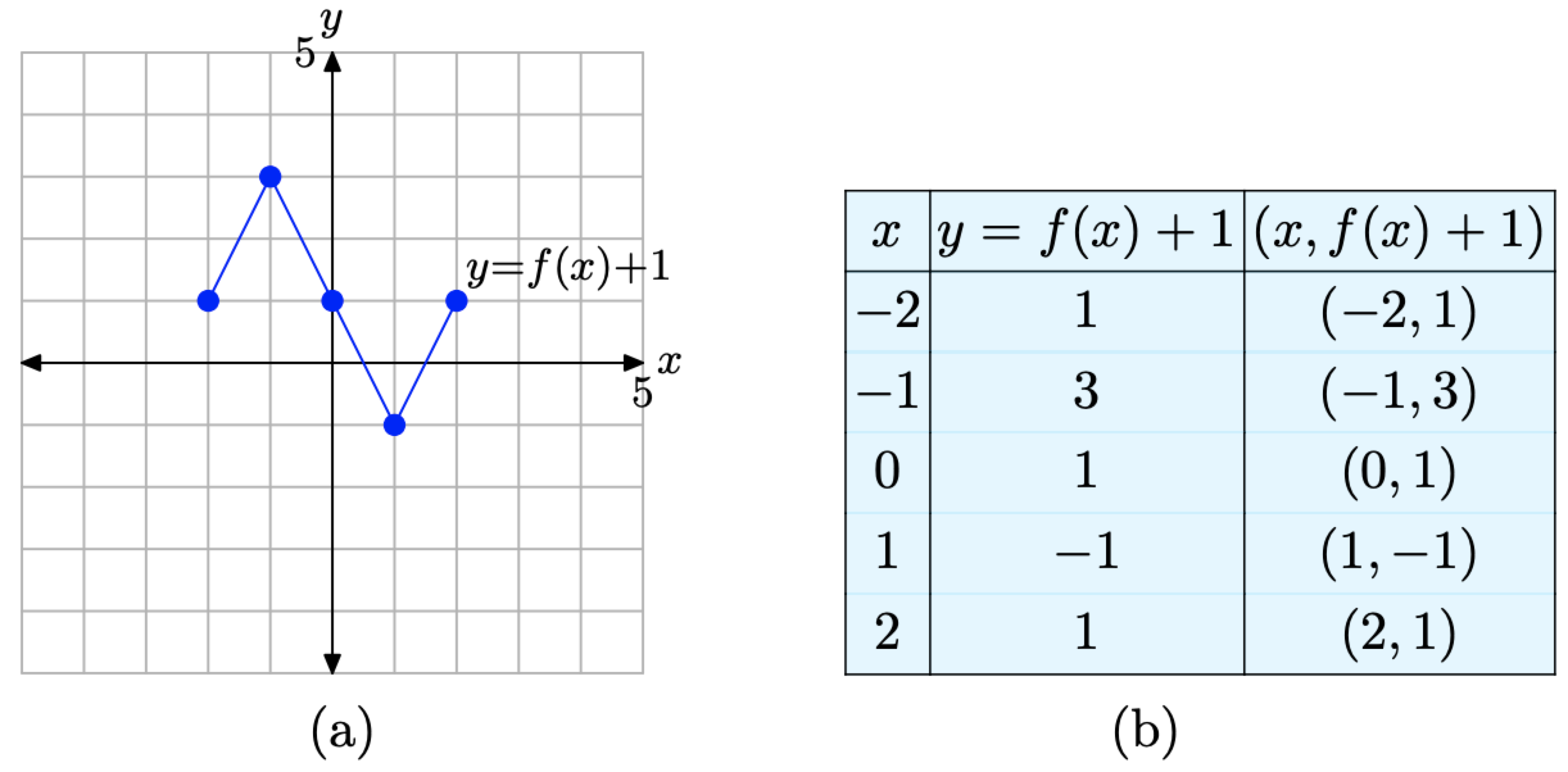 | 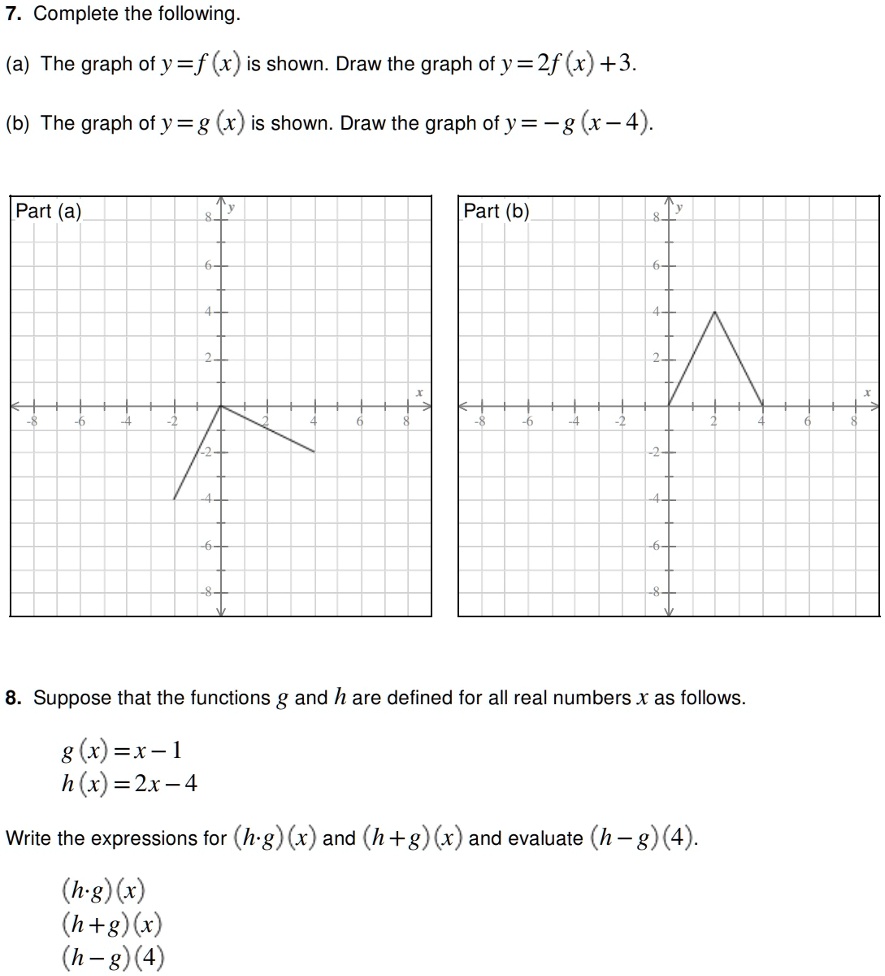 |
「The graph of y=f(x) is shown graph y=1/2 f(x)」の画像ギャラリー、詳細は各画像をクリックしてください。
 |  |  |
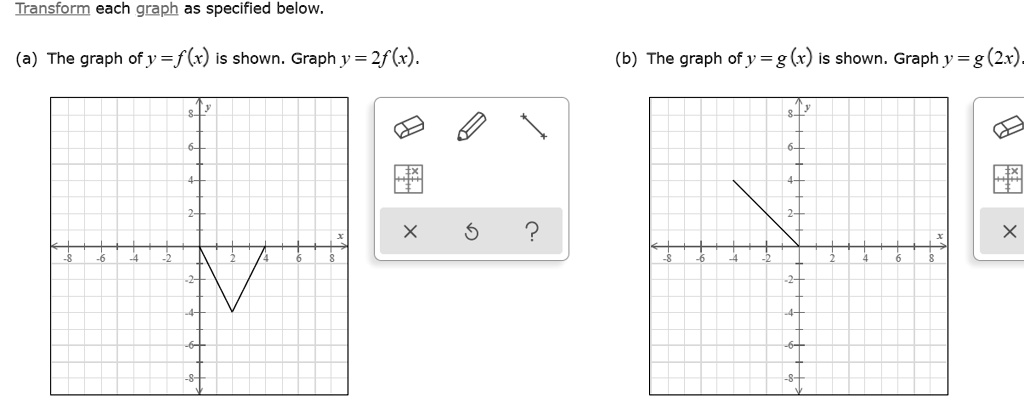 | ||
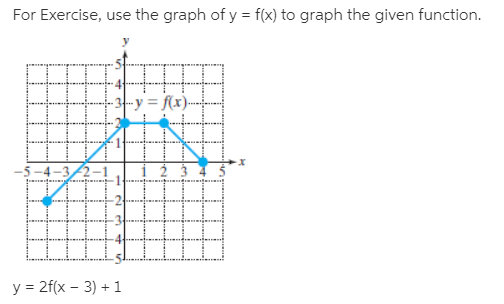 | ||
 |  |  |
「The graph of y=f(x) is shown graph y=1/2 f(x)」の画像ギャラリー、詳細は各画像をクリックしてください。
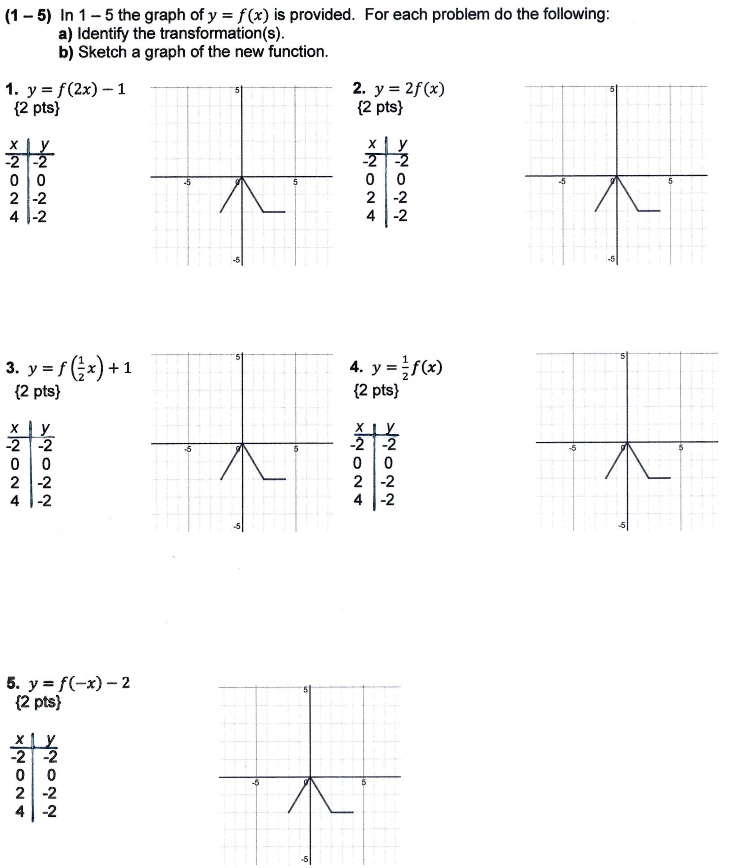 |  |  |
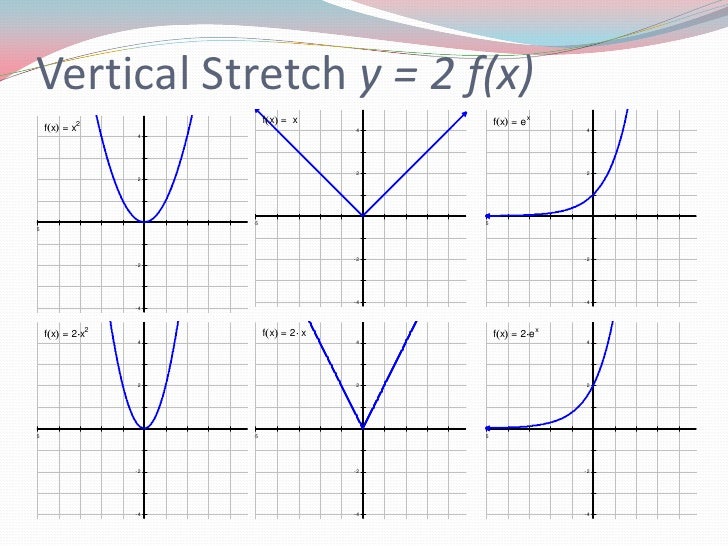 | 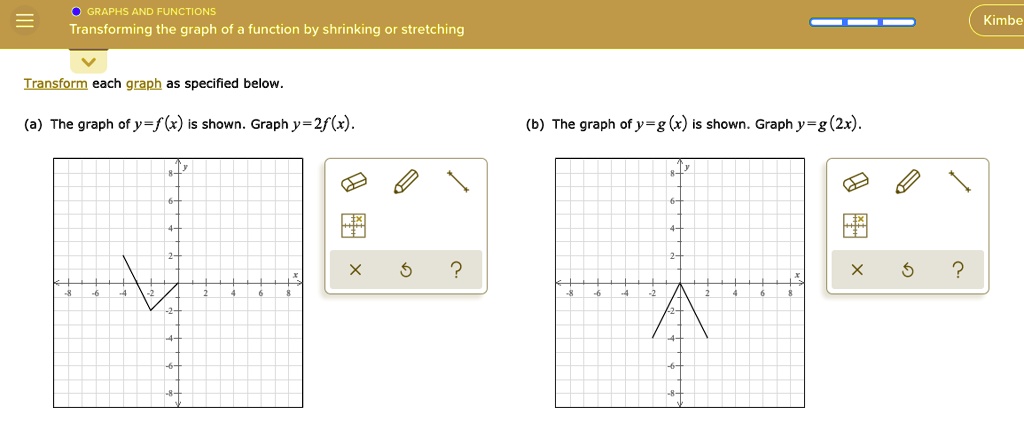 |  |
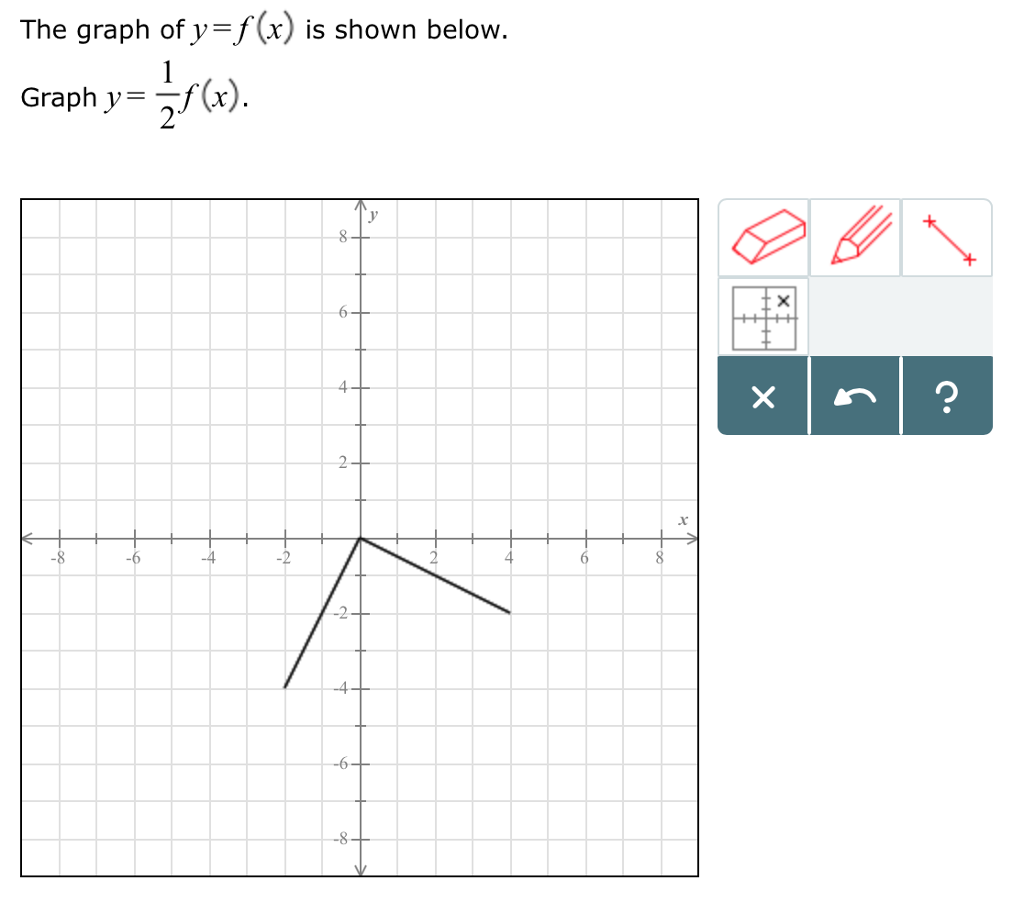 | 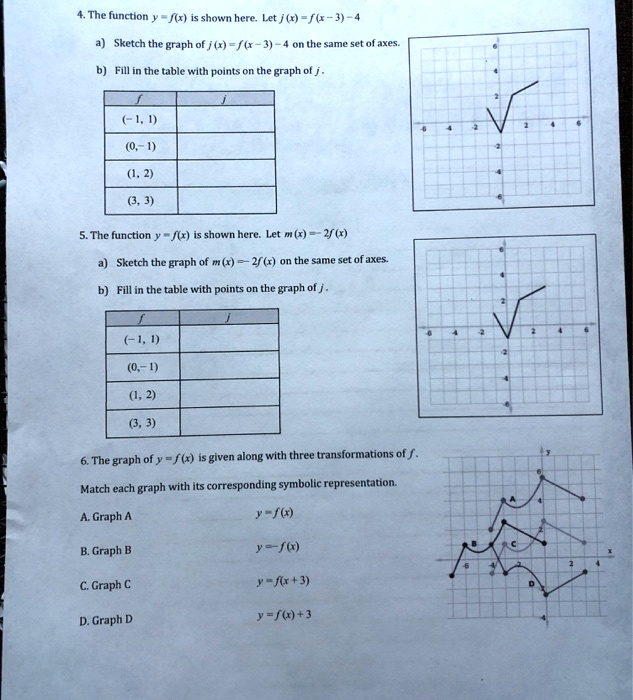 | |
 |  | 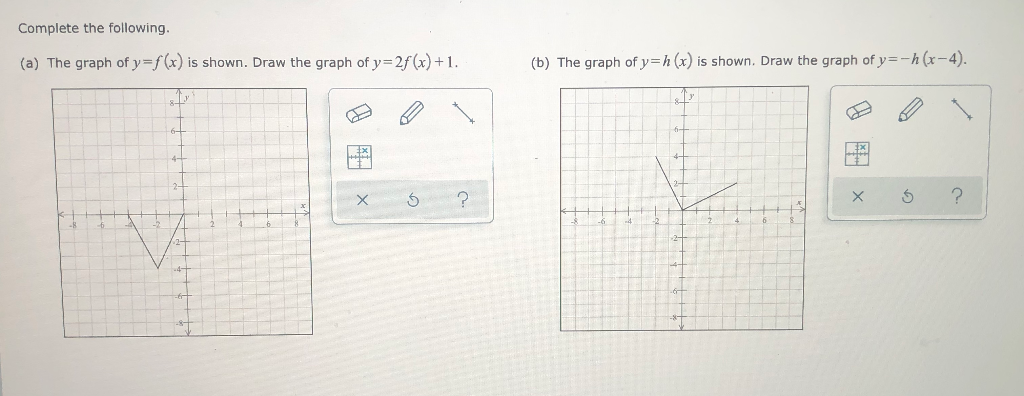 |
「The graph of y=f(x) is shown graph y=1/2 f(x)」の画像ギャラリー、詳細は各画像をクリックしてください。
 | 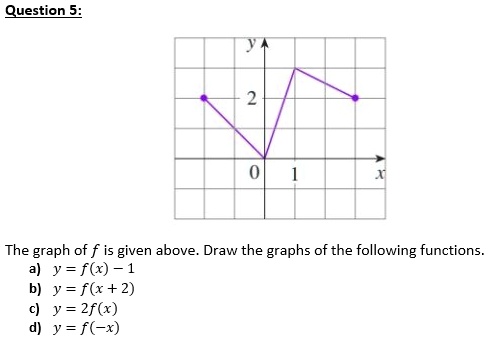 |  |
 | 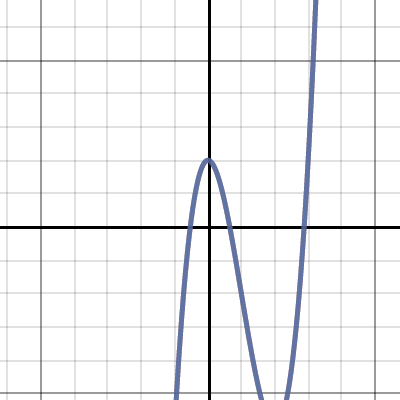 | 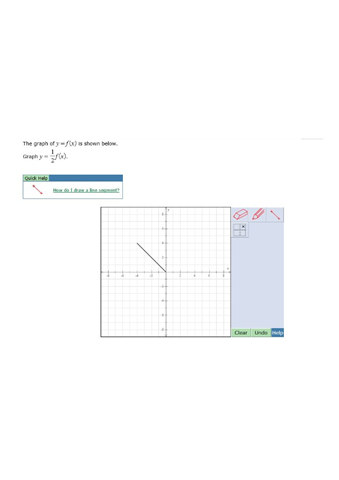 |
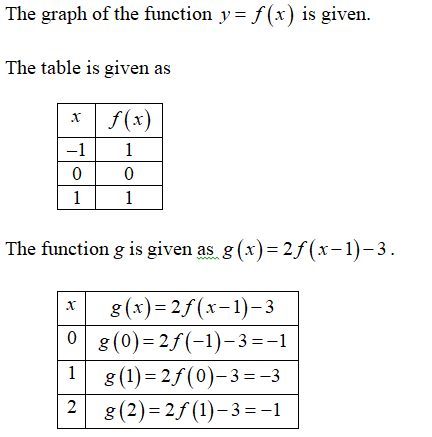 |  | 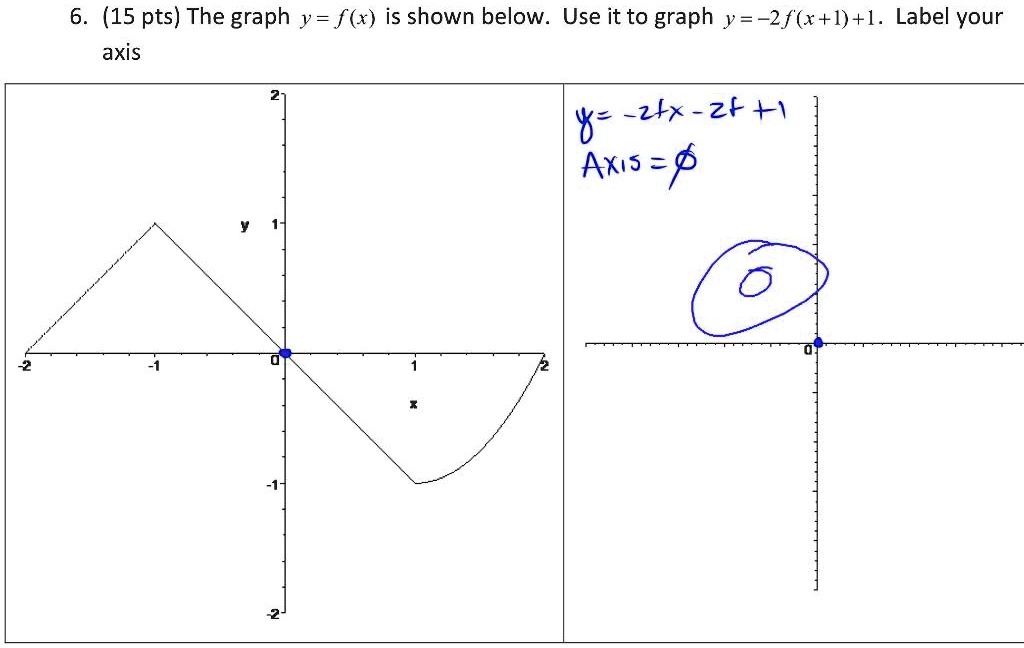 |
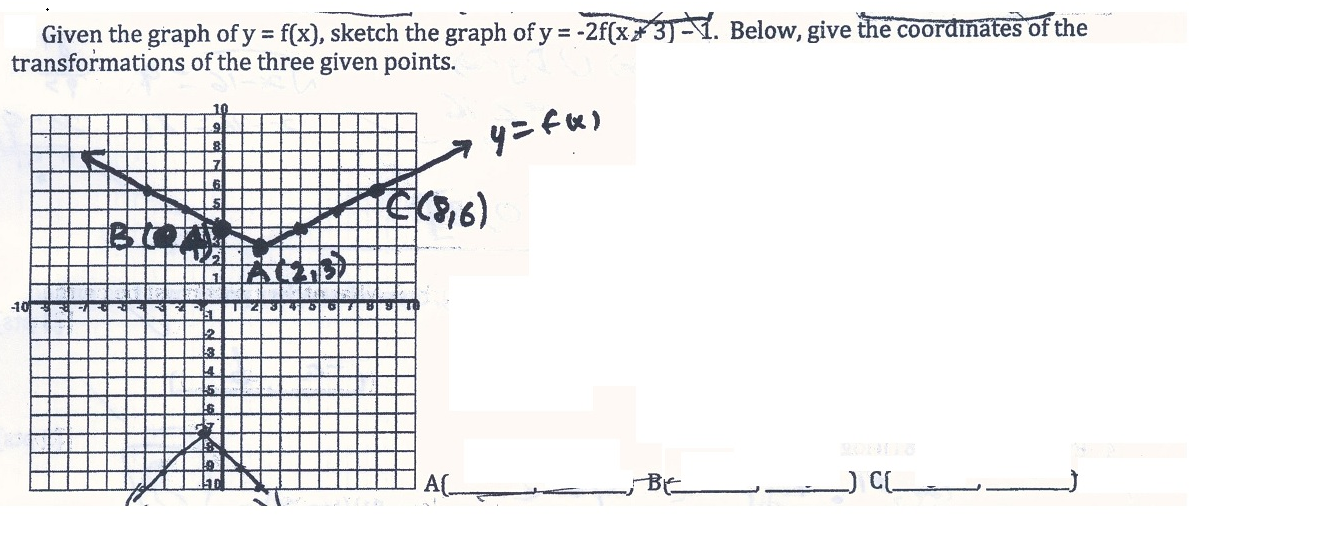 | 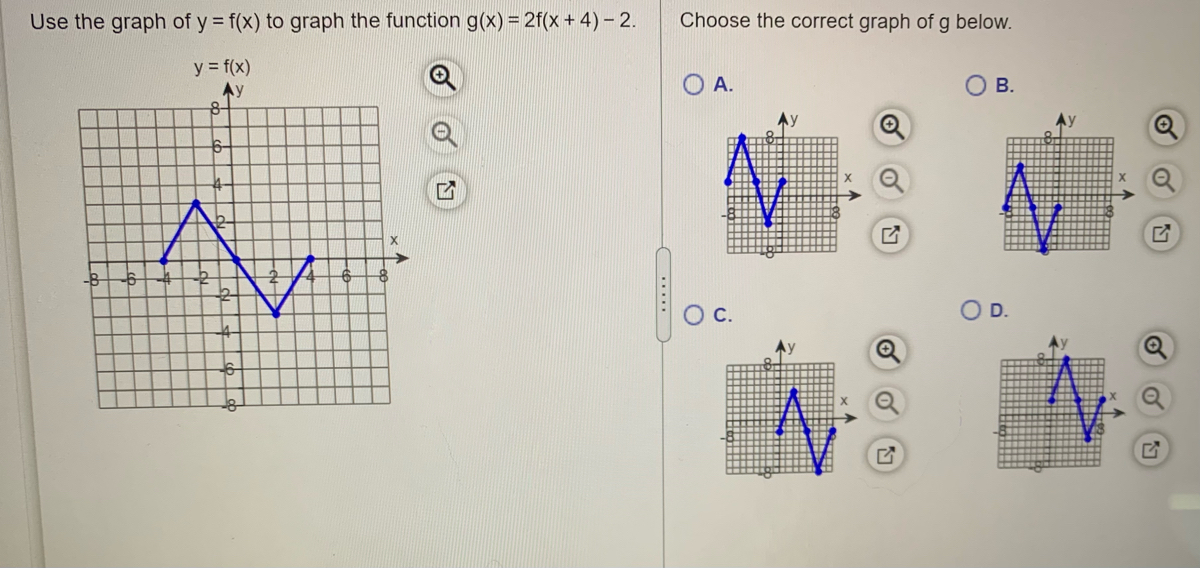 | 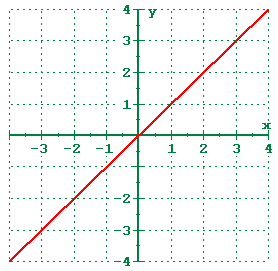 |
「The graph of y=f(x) is shown graph y=1/2 f(x)」の画像ギャラリー、詳細は各画像をクリックしてください。
 |  | |
 |  |  |
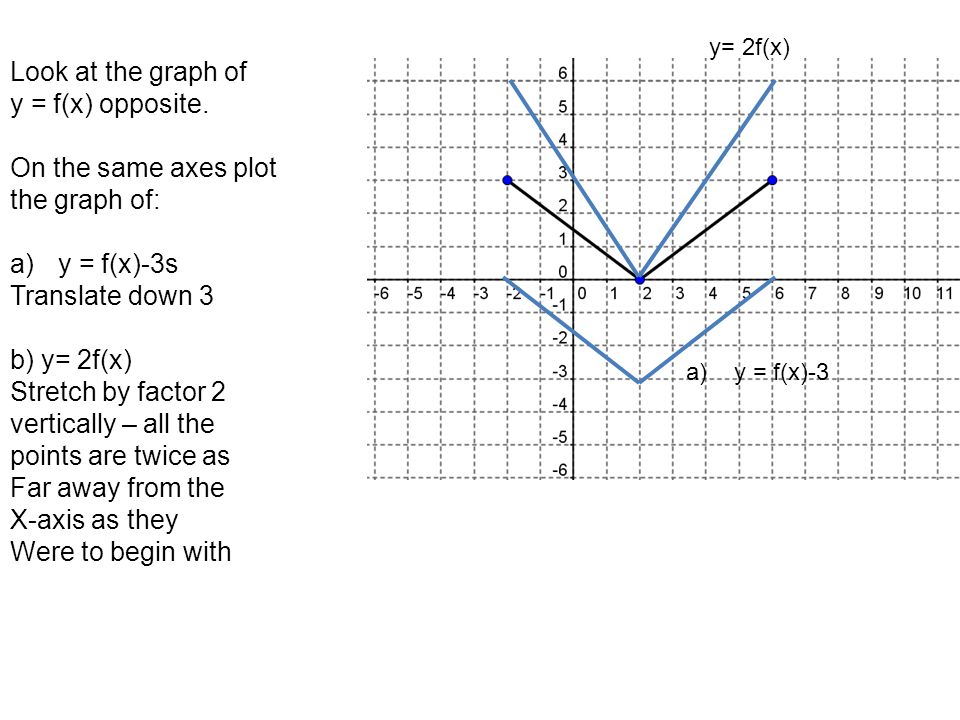 | ||
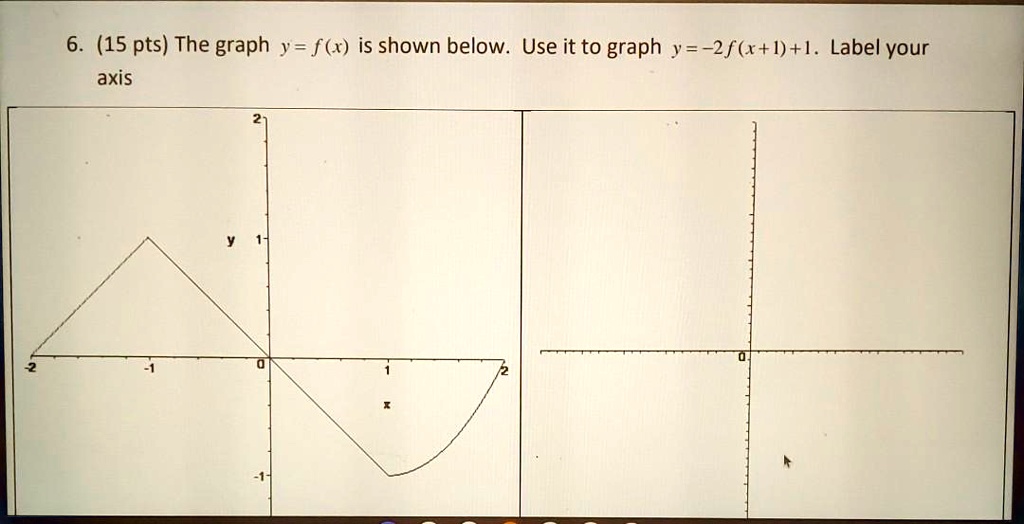 | 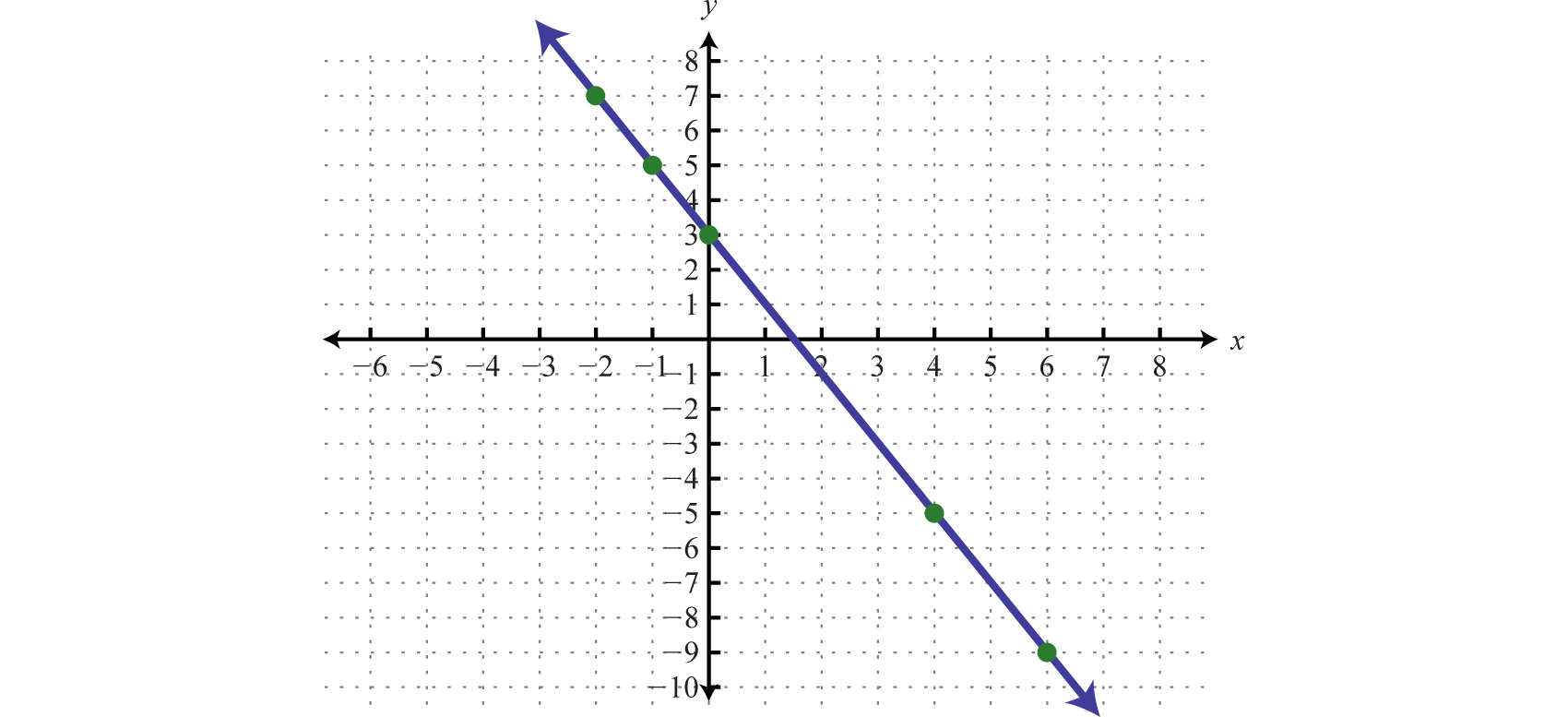 |  |
「The graph of y=f(x) is shown graph y=1/2 f(x)」の画像ギャラリー、詳細は各画像をクリックしてください。
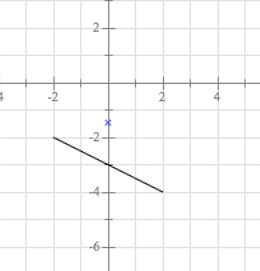 | 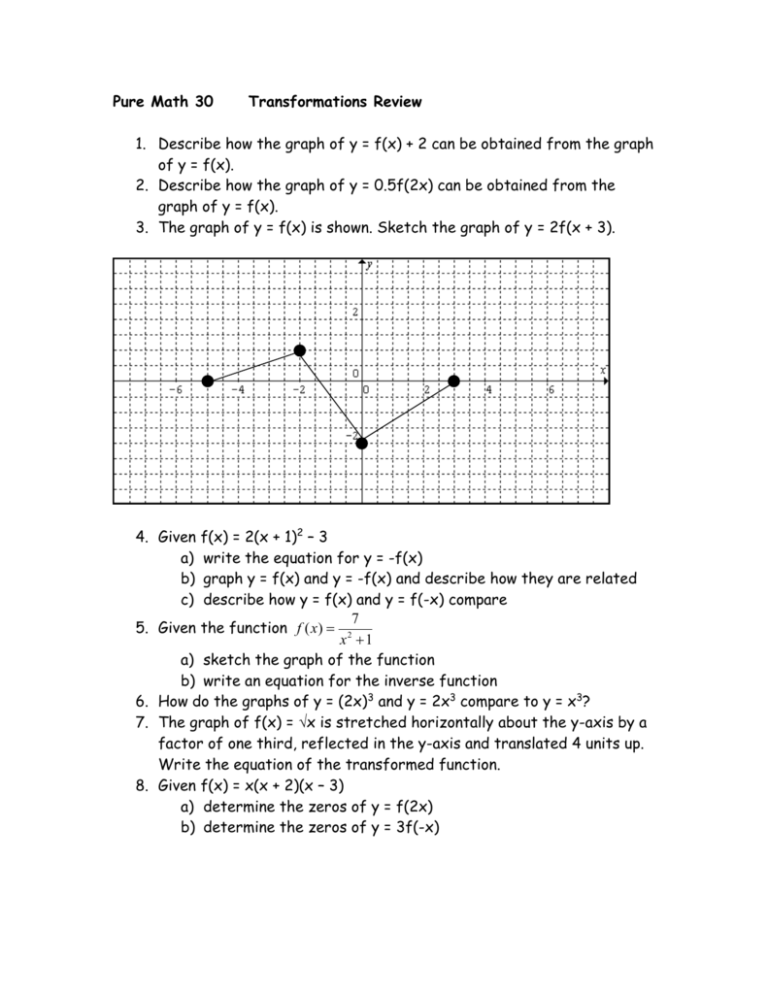 | |
 |  | |
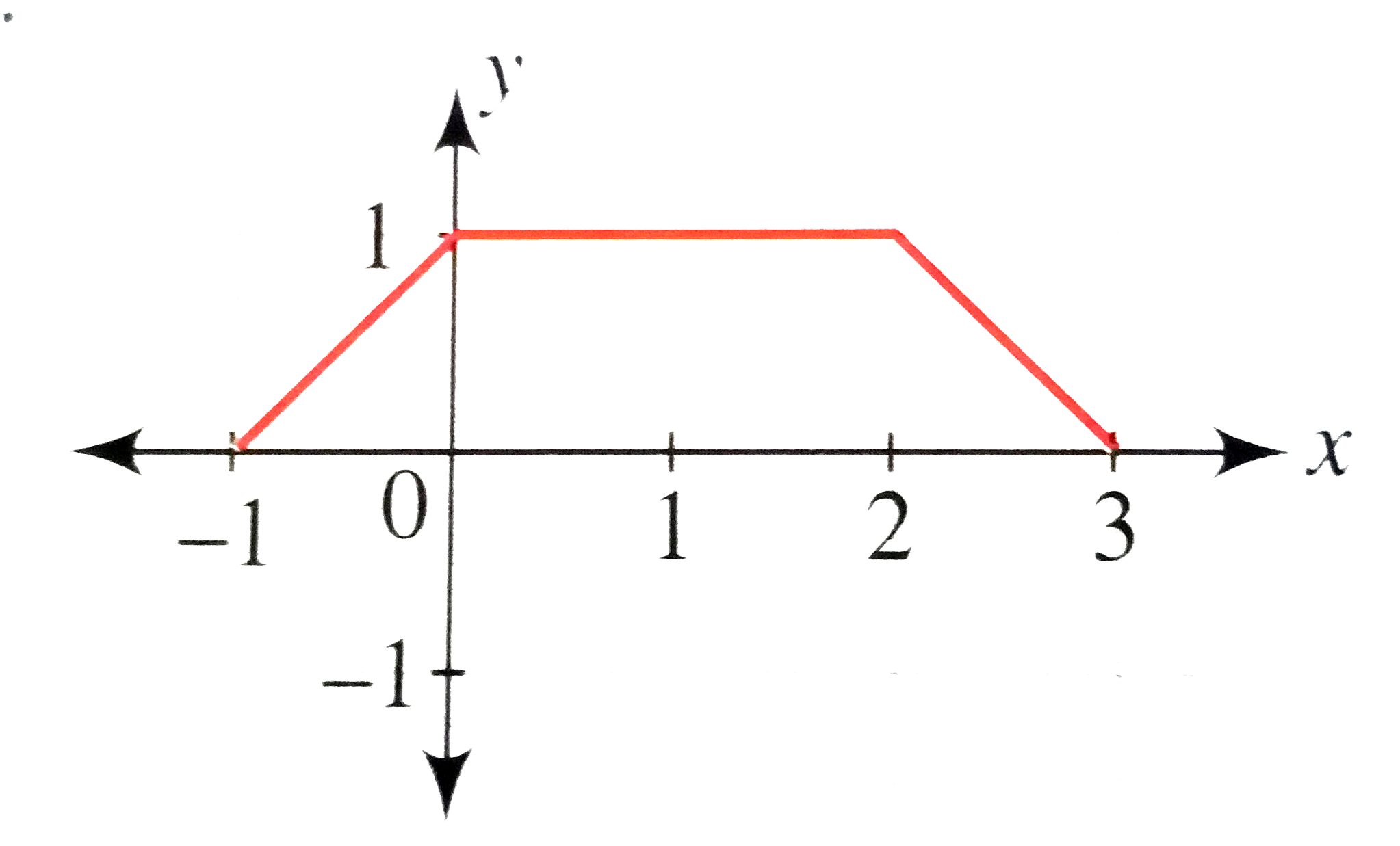 | 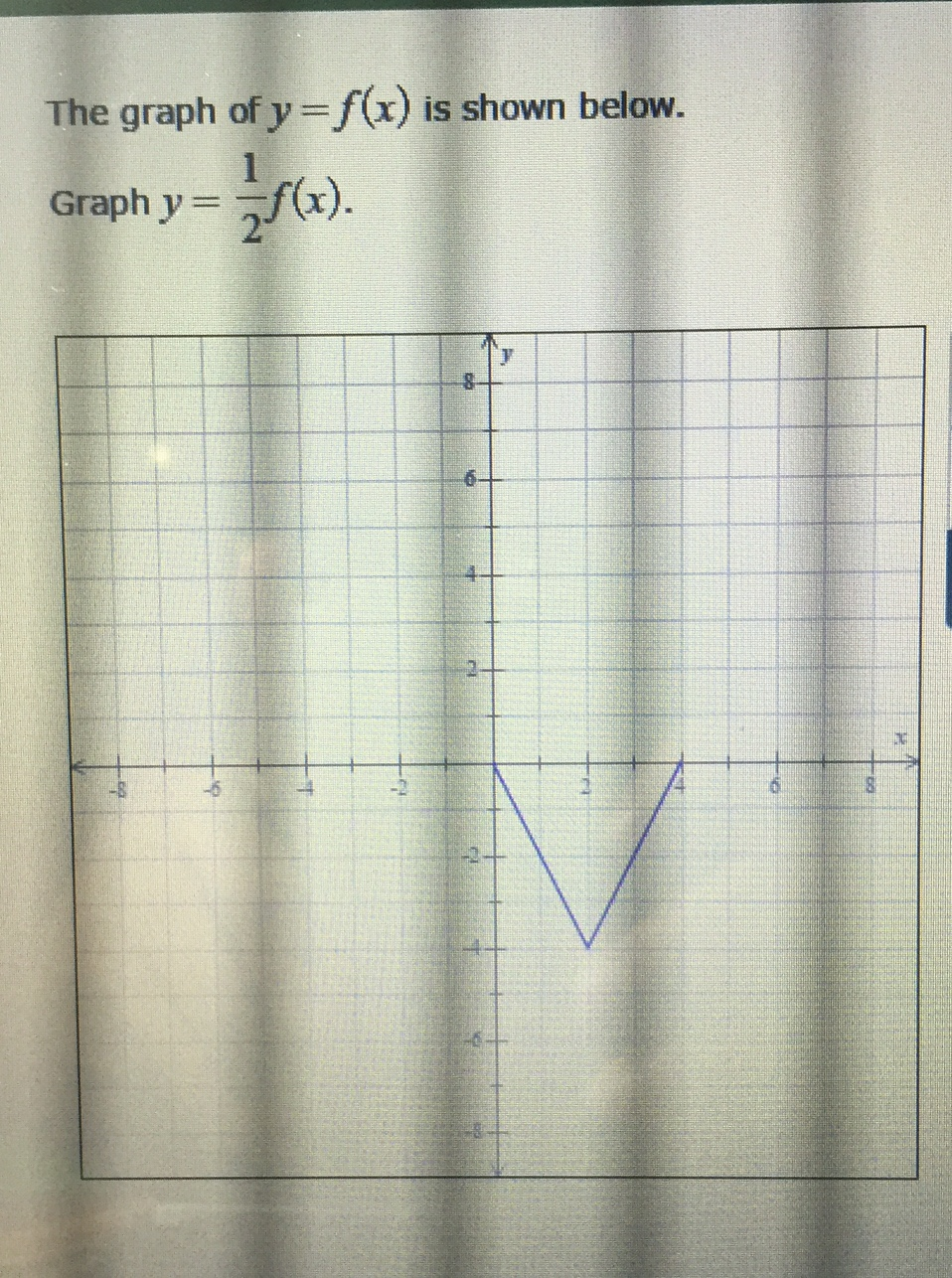 | 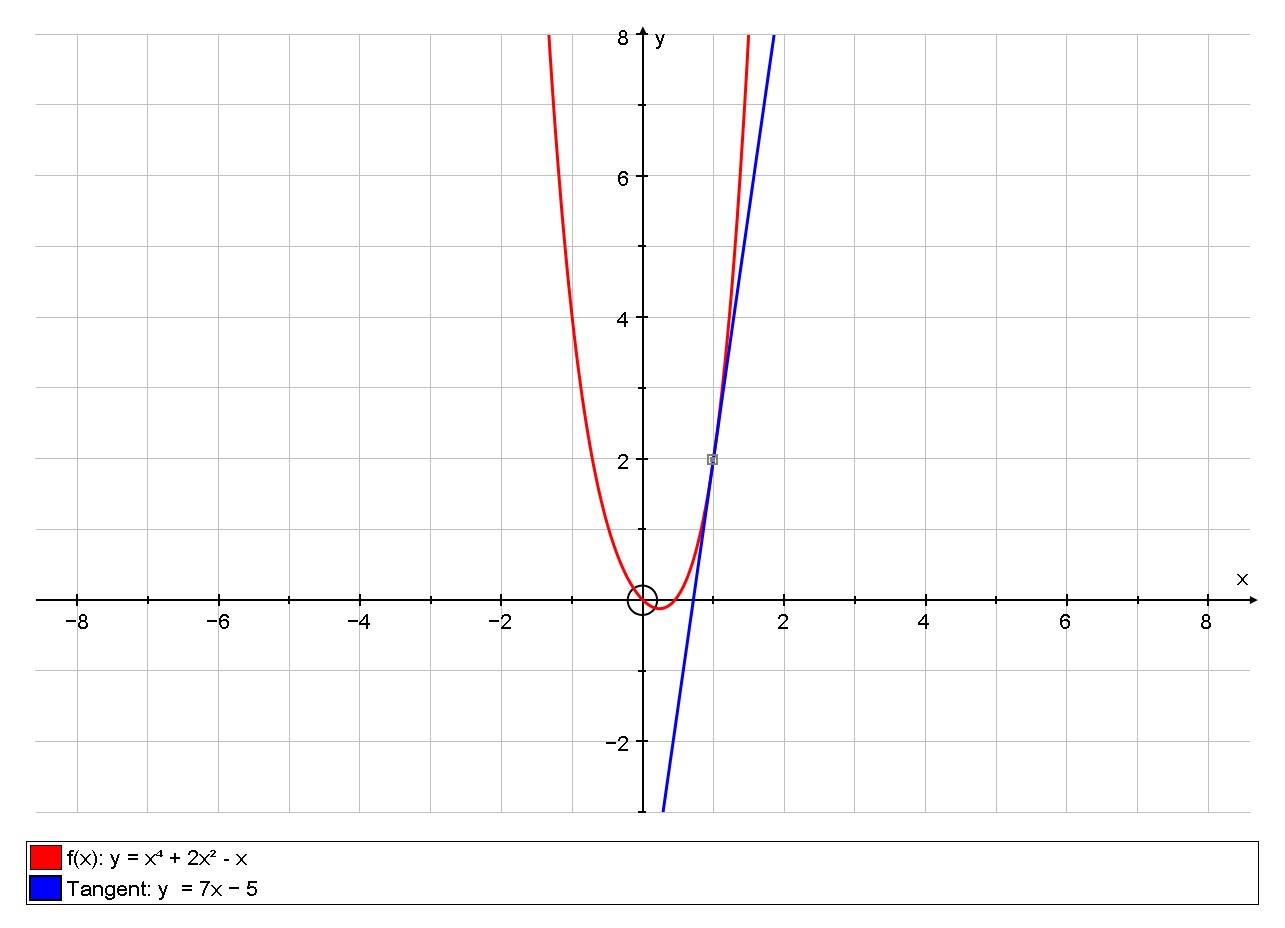 |
 | 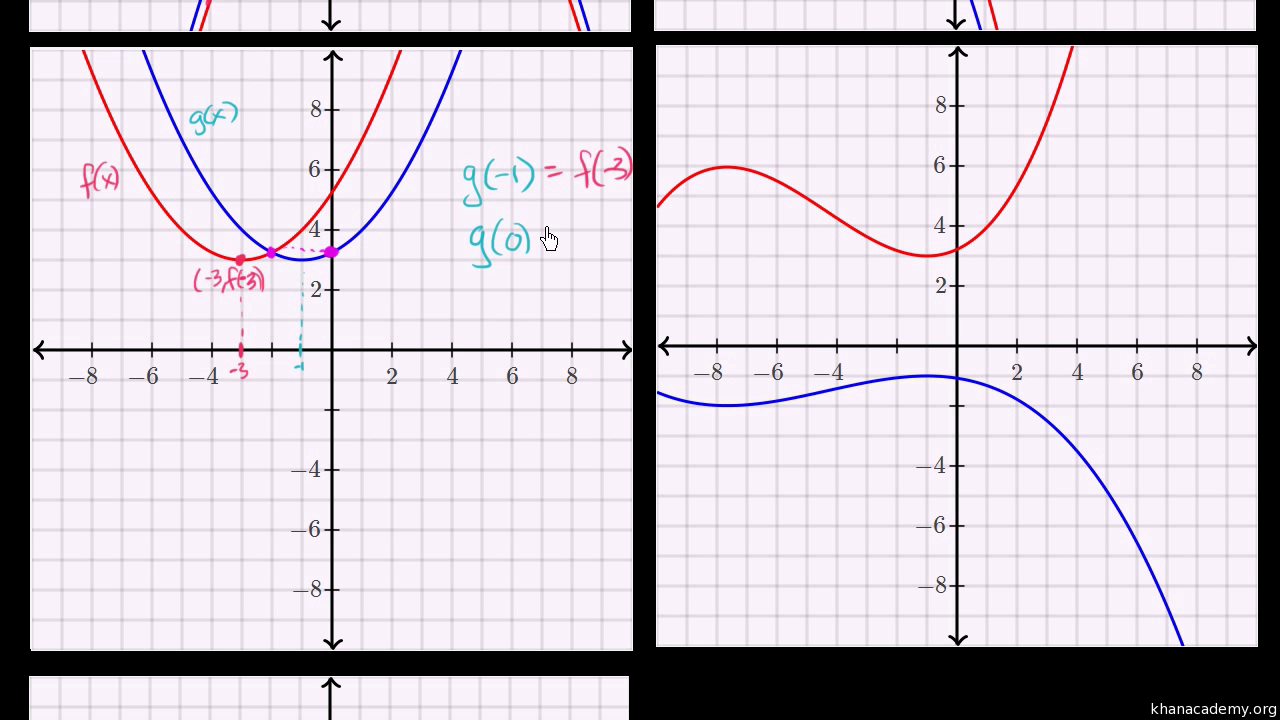 |  |
「The graph of y=f(x) is shown graph y=1/2 f(x)」の画像ギャラリー、詳細は各画像をクリックしてください。
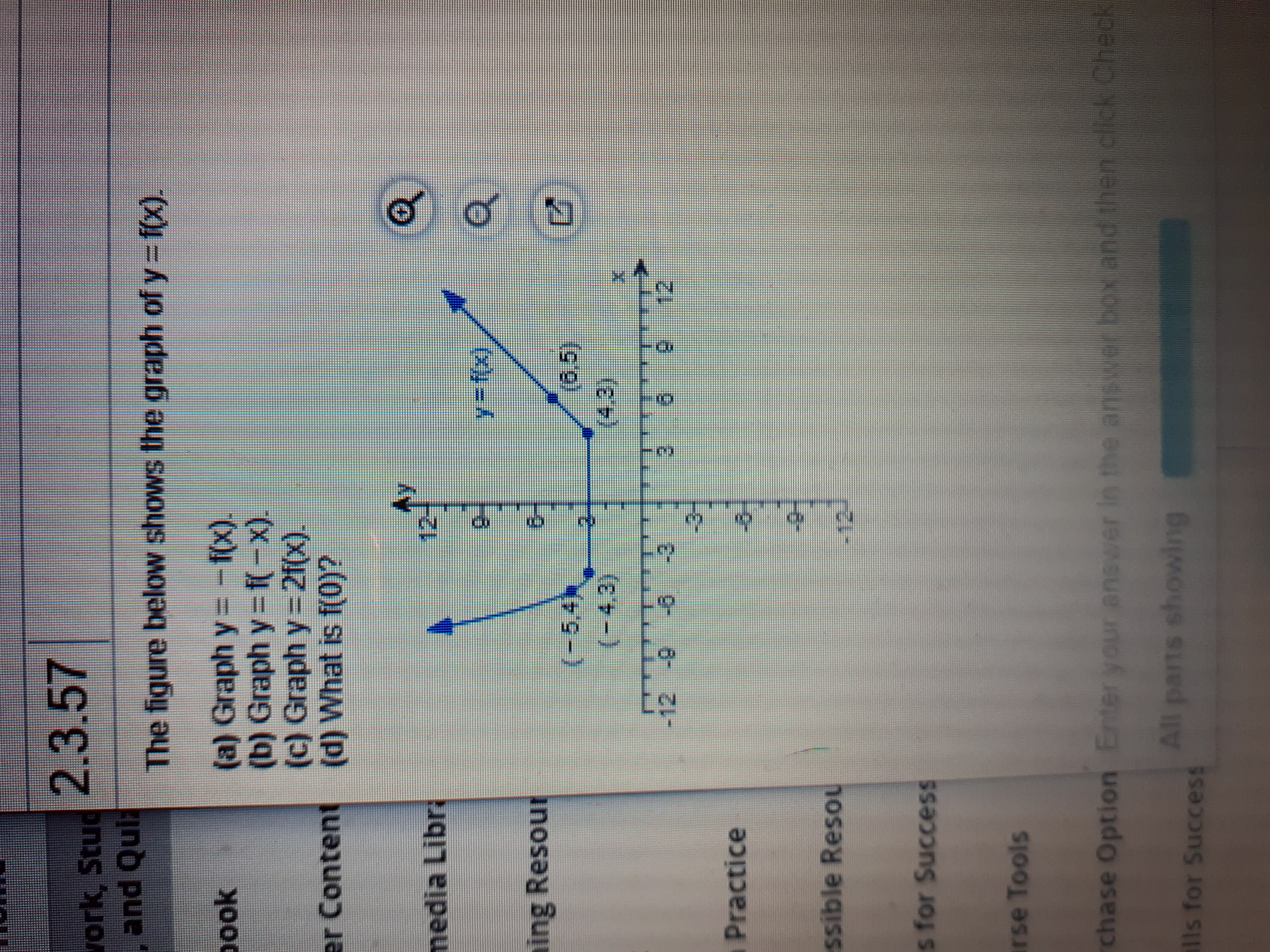 | ||
 |  | |
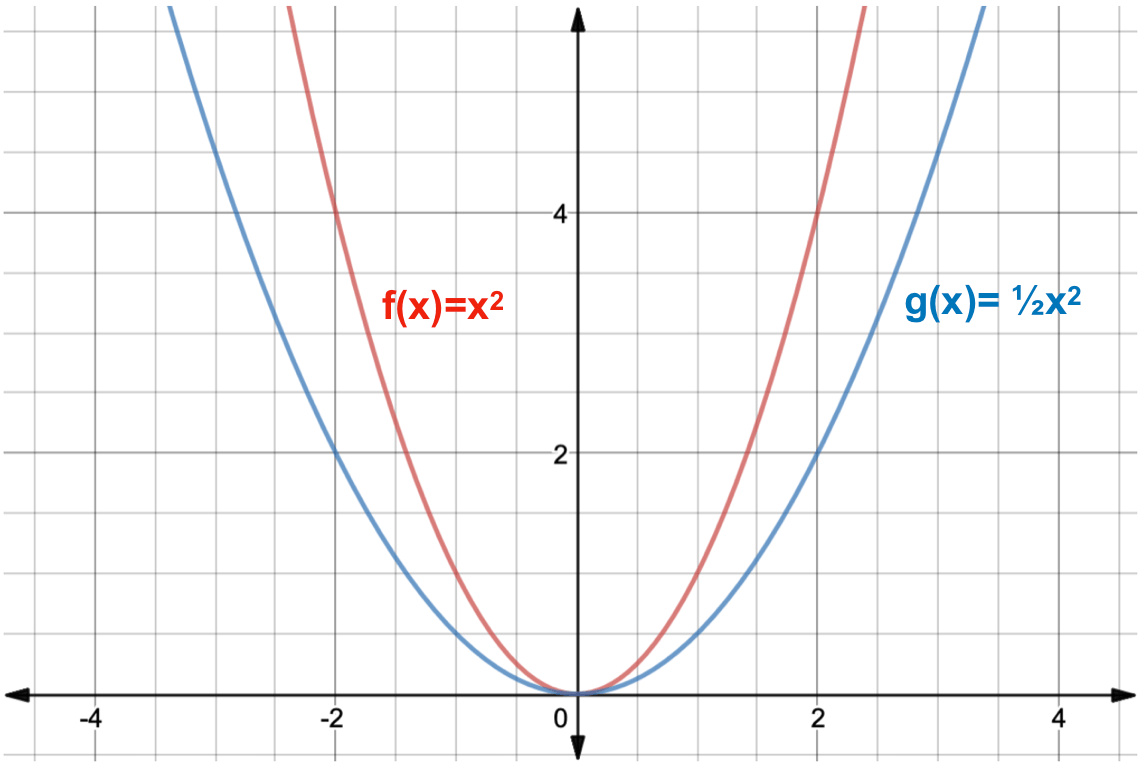 | 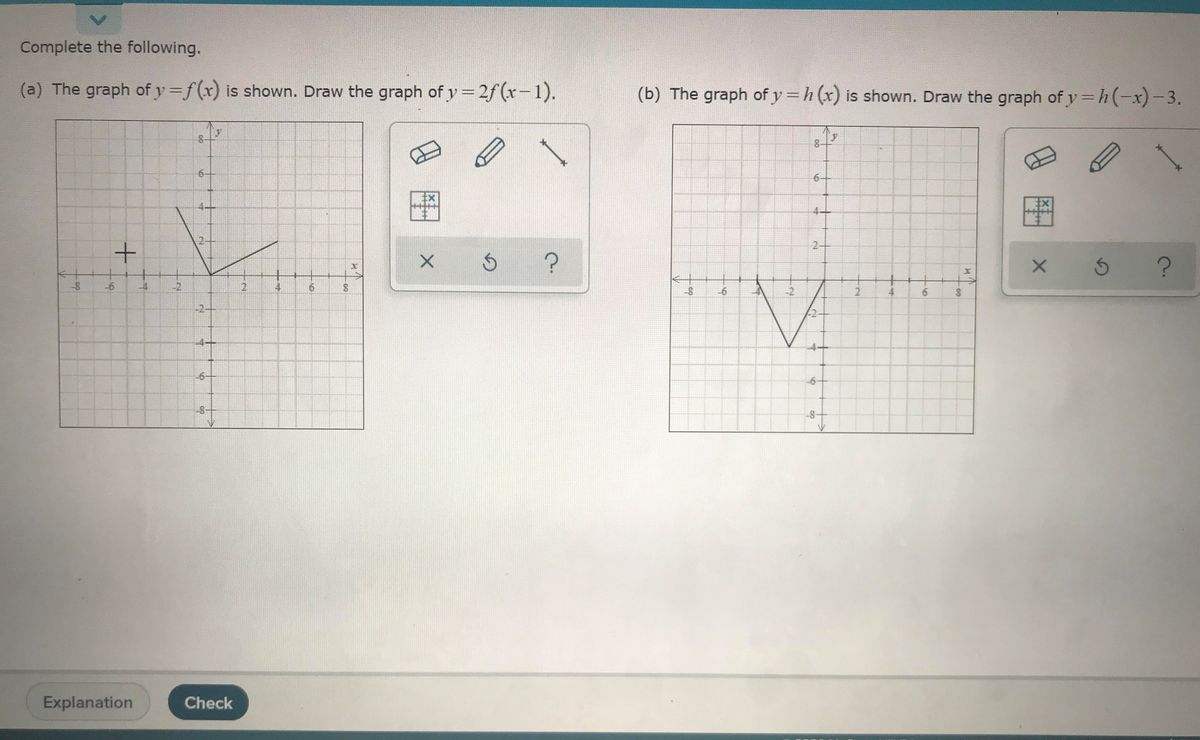 |
Roots will become asymptotes (thanks to 1 / 0 ), and viceversa Positive/negative will stay the same I would find all the major features of the original function (roots, maxima, etc) and invert those, connecting the graph smoothly For example y = x Has a root at 0, which will become an asymptote Reaches 1 at x = 1 and − 1 at x = − 1If P(4,5) is a point on the graph of the function y=f(x), find the corresponding point on the graph of y=2f(x6) Hi Carl, Let me look at different functions y = g(x) and y = 4g(x 5) How do these graphs compare?
Incoming Term: y=f(x) graph y=1/2f(x), the graph of y=f(x) is shown graph y=1/2 f(x), the graph of y=f(x) is shown below graph y=1/2f(x),




0 件のコメント:
コメントを投稿